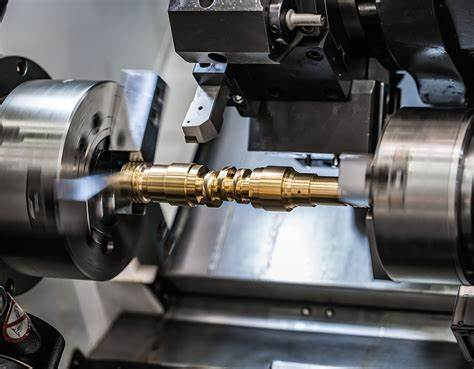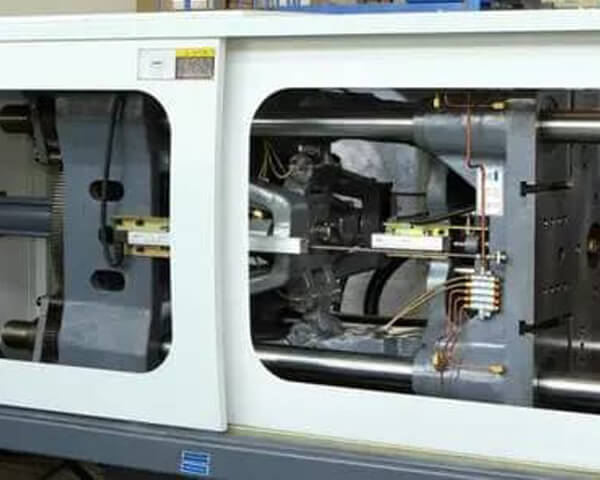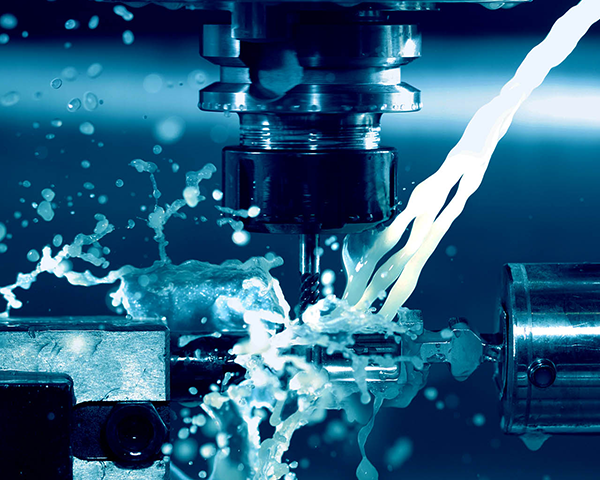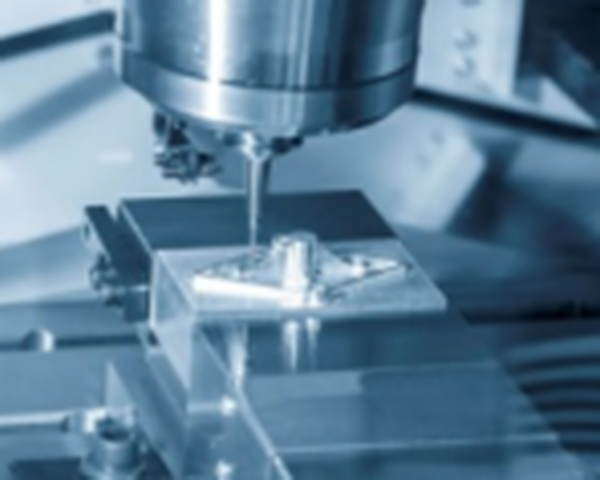Introduction to Sheet Metal Processing
Sheet metal processing is a pivotal technology that sheet metal technical staff needs to grasp, and it is also an important process for forming sheet metal products. Sheet metal processing includes traditional methods and process parameters such as cutting and downgrading, punching and cutting processing, bending and forming, etc. It also includes various cold stamping die structures and process parameters, various equipment working principles and manipulation methods, and also includes new stamping technology and new processes.
Sheet metal processing is called sheet metal processing. For example, sheet metal is used to make chimneys, barrels, oil tanks, ventilation pipes, elbows, small and large heads, round heads, funnel shapes, etc. The main processes are shearing, bending and edge-buckling, bending and forming, welding, riveting, etc., which require certain geometric knowledge. Sheet metal parts are thin sheet metal parts, that is, parts that can be processed by means of stamping, bending, stretching, etc. A general definition is that the thickness of the parts remains unchanged during processing. The corresponding parts are cast parts, forged parts, machined parts, etc.
Sheet Metal Processing Methods
Non-mold processing: A processing method for sheet metal by means of digital punching, laser cutting, shearing machine, bending machine, riveting machine, etc. It is generally used for sample making or small batch CNC machining production, and the cost is higher. Short processing cycle and quick response.
Mold processing: The sheet metal is processed by fixed molds, generally with undercutting mold and forming mold, mainly used for mass production and lower cost. Manufactured by prototype manufacturing companies, high front-end mold cost and guaranteed part quality. Long lead time for front-end processing and high tooling cost.
Sheet Metal Processing Flow
Downfeed: Digital punching, laser cutting, shearing machine
Forming: bending, stretching, punching: bending machine, punching machine, etc.
Other processing: press riveting, tapping, etc.
Welding: Sheet metal connection method
Surface treatment: Powder spraying, electroplating, wire drawing, silk-screening, etc.
- The Role of Cast Urethane Services in Automotive LightweightingJune 14, 2024With the development of various automobile companies, the competition in the automotive industry is becoming increasingly intense. Among all the competitive factors, cycle, quality, and cost are the t...view
- Aerospace Advancements: Breaking Barriers with Precision Prototype MachiningJanuary 5, 2024As we continue to explore the boundless possibilities of space travel and aerospace engineering, one crucial element stands at the forefront of innovation – precision prototype machining. From pushin...view
- What Is Pressure CastingFebruary 27, 2023Introduction to Pressure CastingPressure casting is a casting method in which molten or semi-molten metal is pressed into the metal casting mold at high speed and crystallized under pressure, referred...view
- Latest Trends in Precision Tool ManufacturingMarch 19, 2024As technology continues to advance, the field of precision tool manufacturing is witnessing an impressive array of recent trends. These trends not only drive the rapid development of the manufacturing...view
- Medical Marvels: Urethane Casting for Prosthetics and OrthopedicsNovember 23, 2023In the ever-evolving world of medical technology, new advancements are constantly being made to improve the lives of patients. One such innovation that has revolutionized the field of prosthetics and ...view
- The Role of Custom Rapid Prototyping in Product DevelopmentMarch 19, 2024With the increasingly fierce competition in the market, the speed and quality of product development have become the key factors for the success of enterprises. Among them, custom rapid prototyping pl...view




